Game description:
Scritchy Scratchy is an incremental idle game that turns the act of scratching lottery cards into a layered system of growth and automation. The player begins with a limited amount of money and a single card, slowly revealing symbols to earn rewards. Each successful scratch adds to the total balance, allowing the purchase of new cards, upgrades, and tools that expand income potential. Over time, the game transitions from active participation to automated management, creating a steady rhythm of progress built around probability and planning.
Gameplay Flow
In Scritchy Scratchy progression starts with manual effort but quickly evolves into a cycle of investment and automation. The player uses earned money to buy additional cards, unlock automatic scratching, and improve payout rates. Each new feature builds upon the previous one, connecting simple actions into an expanding economic system. The randomness of card results introduces small fluctuations, but long-term growth depends on consistent upgrades and calculated resets.
Core elements of gameplay include:
· Buying scratch cards that vary in cost and reward rate
· Scratching manually to earn early profits
· Unlocking automation to continue progress passively
· Upgrading ticket tiers for better payout multipliers
· Using prestige resets to gain permanent bonuses and efficiency
Strategy And Progression
Scritchy Scratchy challenges the player to manage timing, upgrades, and investment priorities. Early choices define how efficiently income scales later on. Players must decide whether to focus on faster scratching, higher-value cards, or automation improvements. The prestige system adds another strategic layer, allowing restarts that trade current progress for lasting benefits. The key is to balance immediate earnings with long-term gains, ensuring that every reset leads to faster advancement than the last.
Design And Systems
The visual and structural design of Scritchy Scratchy emphasizes clarity and simplicity. Cards dominate the screen, acting as both interactive elements and progress indicators. Each scratch produces instant feedback, while upgrade menus track steady improvements. The layout minimizes unnecessary complexity, allowing the player to focus on optimizing systems. Every mechanic supports the central idea of compounding — each small improvement increases the speed and scale of future actions.
Long-Term Experience
As the game develops, Scritchy Scratchy becomes a simulation of controlled growth and self-sustaining momentum. Manual scratching fades into background management, and the player’s role shifts toward coordination rather than reaction. Watching numbers rise becomes its own form of feedback, reflecting how well systems work together. The absence of a final goal transforms the experience into an ongoing cycle of refinement. Scritchy Scratchy maintains engagement not through surprise, but through structure — a steady flow of upgrades, resets, and rewards that demonstrates how small consistent actions build large, continuous progress.








































































































































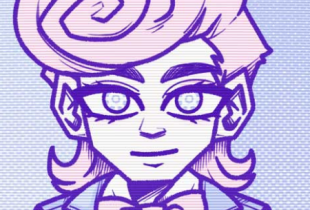


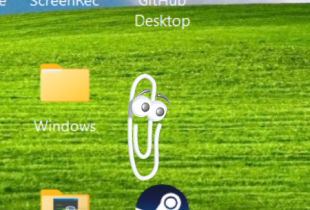

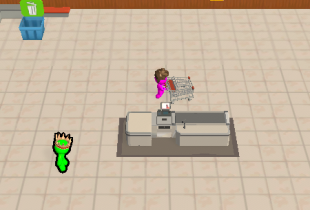
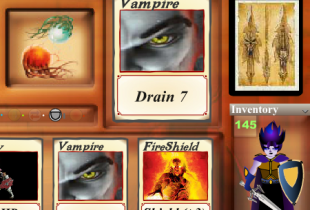
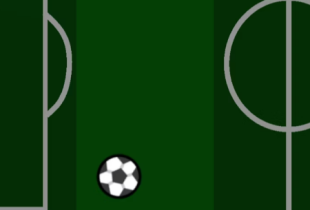
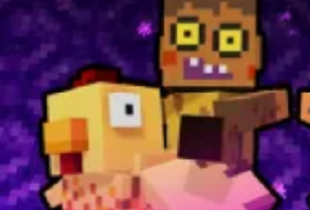
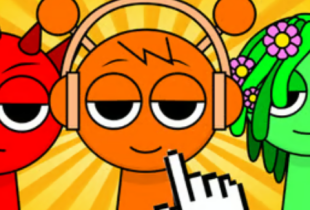
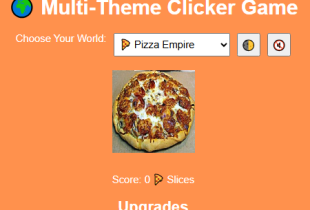
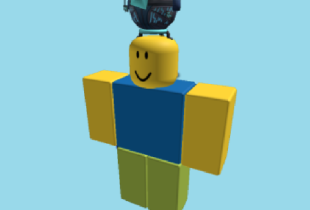



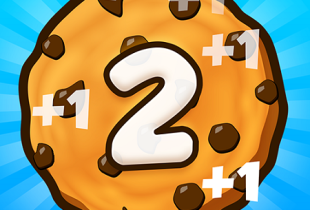
Comments